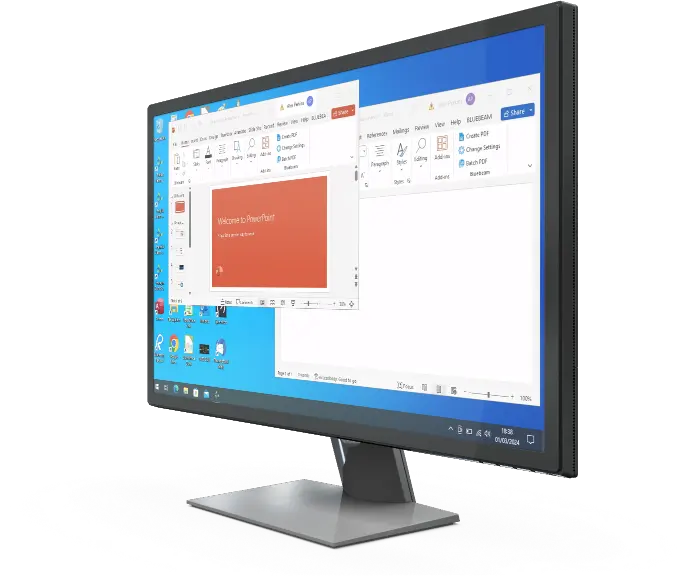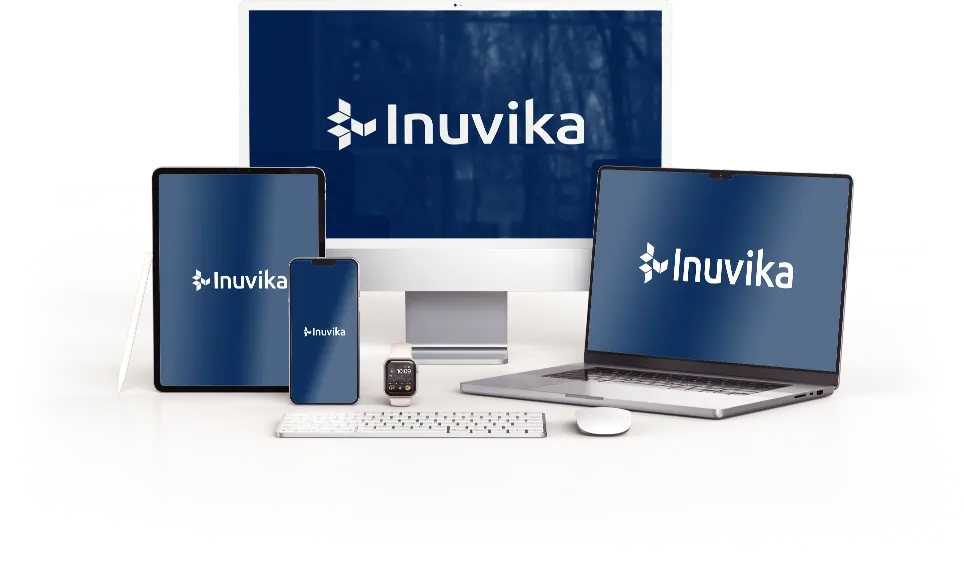Application Virtualization for Education, the Smart Way
Inuvika reduces the cost and complexity of delivering virtualized apps to enhance the classroom and distance learning experience
Whitepaper by Peter von Oven
Digital Workspace Consultant and SME
and author of (2024) "Learning VMware Workstation Pro"
New York: Apress
Introduction
Delivery of learning has significantly changed since the pandemic. Although digital-based learning was already having a huge impact on the way education is delivered today, the one core issue that remains is the static nature of its delivery.
Devices were, and still are, very much classroom-based. This means that students and teaching staff have full access to the range of educational applications in the physical classroom. However, having access from outside the classroom is still a challenge. This was highlighted even more so when schools, colleges, and universities across the world switched to remote learning.
Although most students and teaching staff had access to some form of connected device, though an online meeting platform that enabled them to participate in classroom activities, what they didn’t have was access to the applications that are used in the classroom.
So, the main challenge now is managing the cost and budgets for delivering information technology both inside and outside of the classroom.
In today's connected world, there is even more pressure to deliver services given that students are now very tech-savvy when it comes to accessing apps and data.
Educational establishments also have to compete for students to be profitable. The ability to scale and to deliver modern technology platforms for learning will attract more students.
How do you deliver a better level of engagement for the overall learning experience with minimal budgets and fewer IT admin staff?
This solutions brief will discuss how Inuvika solves these challenges, cutting through both cost and complexity.
The majority of students and teaching staff, around 80% to 90%, will just need access to their applications and data.
This means that the cost and management overhead of having full-blown desktop PCs and the complexity of keeping up with the operating system maintenance requirements can now be easily removed. Desktops can be replaced by thin client devices, that act as terminals for accessing applications within the classroom.
If the PCs are still relatively new, then they can be upcycled and turned into thin clients, therefore, extending the lifecycle until the device physically fails, while removing the burden of managing a local operating system. With application virtualization software, applications hosted securely in a local data center or hosted centrally by a university tech department, an academy trust or school district, they can be accessed both in the classroom and outside the classroom, thus extending the learning experience.
Introducing Inuvika OVD Enterprise
Founded in 2014, Inuvika and its OVD Enterprise solution, simplifies the delivery of applications to students and teaching staff.
This simplified approach to virtualized application delivery enables people to have access to all of their Windows and Linux apps on pretty much any device you can think of. Whether it’s an iPhone, Android device, Chromebook, Apple Mac or, of course, Windows and Linux desktops and thin client devices. You can also just use a browser if you so wish.
Built on Linux, with Inuvika’s resource containerization technology, OVD Enterprise allows data centers to run more efficiently, using less infrastructure capacity, lowering their carbon footprint and with a simplicity of admin that is not available on other products. All of this with a cost reduction of up to 50% when compared to Citrix or VMware.
Intelligent Application Brokering and Delivery
Inuvika employs a Linux-based appliance that takes on the role of a broker. This simply authenticates user logins and delivers the apps as allocated to a user or user group. The apps are installed on Windows (RDSH) servers or Linux app servers and are automatically recognized by the Inuvika OVD broker. It is then simply a case of allocating those apps to users or user groups (year groups or subject classes) enabling them to launch their own unique and secure session of the app.
User data, settings and other profile information get stored on a dedicated file server, and secure, two factor authentication is native and out-of-the-box. External access via the internet is easily achieved using the OVD Secure Gateway appliance.
If you want to scale up the number of students you want to deliver applications to, then simply add additional application servers as required. The same is true if you want to enable high availability to mitigate against downtime. Just add an OVD Session Manager and a load balancer into the mix.

Seamless Learning Experience
Above all else, any solution that is used within education needs to make the interaction or experience both simple and intuitive. One of Inuvika’s unique features makes this easy. Students are presented with a familiar look and feel.
Once you are logged in using the Inuvika client in application mode, users can seamlessly access their applications provided by OVD Enterprise as if they are natively installed on that device. When the user launches the app, it not only opens and runs as normal, it looks exactly the same as the version the user is accustomed to using. That’s because it is the same application, now running remotely and delivered by Inuvika OVD.

Reduced Infrastructure and Costs
Budgets in education have always been squeezed. Often, schools and colleges have to look to fundraising efforts in order to bring technology into the classroom along with the infrastructure to support it.
On the subject of the supporting infrastructure, typically a school or college building IT department isn’t designed to host racks of servers. In some environments the computer room is nothing more than a cupboard!
Inuvika's application virtualization software requires a minimal amount of infrastructure to deliver a fully featured application delivery platform. Just the broker(s) and app servers are what are required.
If you already have a virtual infrastructure platform in place then, as the Inuvika broker runs as a virtual Linux appliance, you might not need any additional hardware.
OVD only requires RDS CALs and Windows Server Licenses for your application servers (if they are Windows), so there is no need for extra licensing for back-end servers.

When it comes to the Total Cost of Ownership (TCO), taking into account servers, Microsoft licensing, secure gateways, subscriptions and support cost , Inuvika’s TCO is often less than 50% of Citrix or other Citrix competitors.
For the IT admin team, management of the Inuvika solution is via an easy–to-use, web-based admin console. With no OS images to continually patch and update, it frees up the admin team to get on with their day jobs.
Building a Platform to deliver Apps-as-a-Service
Delivering applications-as-a-service is a growing technology. In fact, it is already likely that SaaS-based apps, such as Satchel One, are already being used within your environment.
Inuvika makes it easy for schools to deliver apps centrally. So, if you are part of a university or a group of schools, then the IT department could host apps for all of its faculties or schools. Or, Inuvika partners could host the apps for them as a managed service.
In either case, Inuvika enables multi-tenancy, with support for multidomain environments and tenant isolation. It is achieved with just a click of the mouse. You can add and separate faculties and Schools and allows them, via role-based access, to manage their own apps and data

Hardware Device Support for GPU and USB Devices
Given the diversity of subjects within education, there are often lots of different peripheral hardware requirements. Things such as piano-style keyboards for music lessons, 3D printers for the design department, multimedia headsets, or just simple USB memory sticks.
This peripheral hardware requirement is often seen to be a roadblock when looking to adopt some form of remote application delivery solution. However, it is not a problem with Inuvika.
The Inuvika solution enables USB peripherals to be connected locally to your device but redirected so that they appear connected to the remote application for a seamless experience.
Applications can also be configured to take advantage of hardware-based graphic cards, within the application servers, and, therefore be able to deliver the hardware accelerated graphics required by 3D graphics and design applications.
Sustainable App Delivery & Devices
Inuvika plays a key role in building a sustainable solution by lowering the infrastructure requirements.
This means less hardware is needed, there is lower associated power consumption and a lower carbon footprint as a result.

But sustainability goes way beyond just the infrastructure and encompasses the entire solution from end-to-end.
Inuvika is a key part to a bigger eco-system with the OVD client certified with several innovative edge device vendors.
These vendors provide low-powered devices such as a Raspberry Pi’s to connect to applications. Other partners offer the ability to repurpose or recycle existing hardware, whether old or new, into edge devices.
These repurposed edge devices prolong the useful life of a device, by replacing the OS with a purpose-built OS designed for application delivery, rather than sending them to landfill.
This ecosystem approach ensures that sustainability is achieved in every element of the app delivery solution.
Take the Next Steps …
See how Inuvika can deliver applications without the high cost and complexity of other solutions, yet still deliver the best student experience possible. Contact the Inuvika team today for a demonstration and guided tour:
Alternatively, sign up for a free trial and see how you can deliver Windows and Linux virtual apps and desktops to any device. The trial will come preloaded with Windows and Linux applications that you can access on any device through a browser or client app. You can also try the Webbased Admin console to see how easy OVD is to manage.
